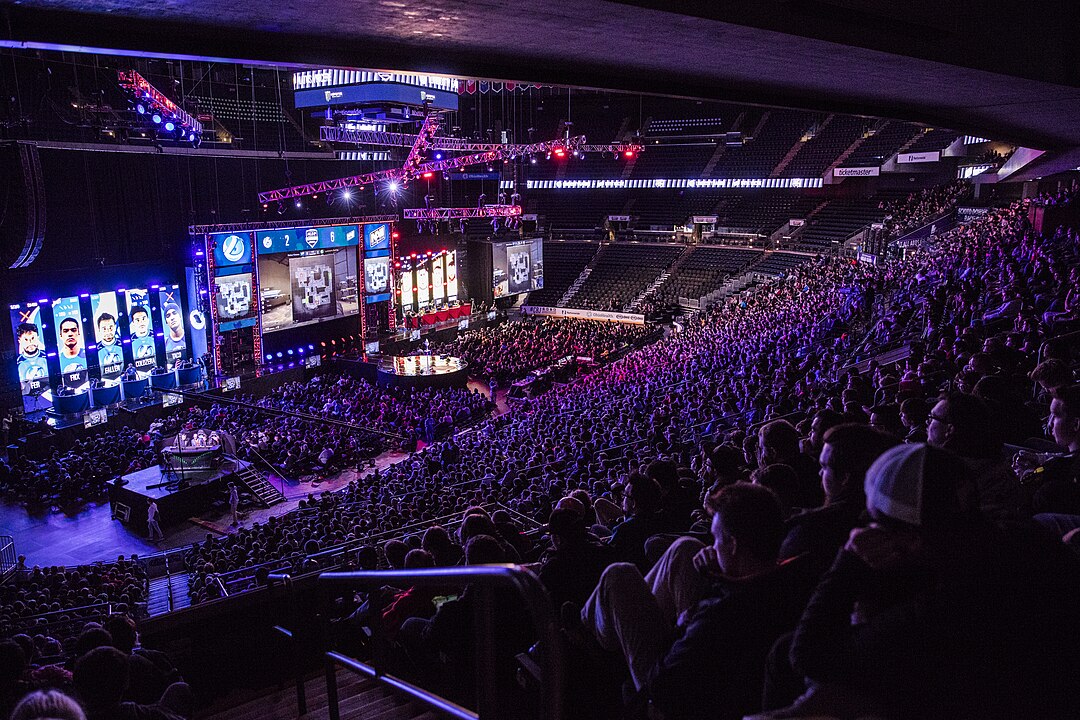The gaming industry is growing by the day and sets new records every year increasing its total value, unlike most other industries. The best thing about the gaming industry is that there are multiple segments from game copy sales, to in-game purchases that raise the total value of the industry.
That’s why the gaming industry is expected to reach an incredible $370 billion by 2027.
But we are interested in a gaming category that has huge potential for the future. We are talking about in-game cosmetics or skins.
Experts say that the in-game cosmetics market is going to grow substantially in the next couple of years, and there are plenty of reasons for that.
First and most importantly, we have the introduction of NFTs, where games can create digital goods that are unique, rare, and with a certain supply. Purchasing an NFT will allow gamers to own that digital collectible and possibly trade it or sell it in the future.
This segment of the gaming industry has unlimited potential and we expect a lot of money to come flowing into in-game purchases.
But, we like to compare gaming skins to horse racing ones? – Which offers a better value and how will they perform in the future?
Game Skins
The gaming industry has witnessed a huge rise in the value of in-game items, particularly skins.
In 2022, the global gaming market was valued at a whopping $250 billion, with virtual items like skins contributing an astonishing $50 billion to this figure.
It’s truly incredible! This isn’t just pocket change; we’re talking about serious business here!
Companies like GameStop and Meta Platforms are diving headfirst into this trend. GameStop, for instance, ventured into NFT marketplaces, focusing on in-game cosmetics and collectibles.
Meta, not to be left behind, is also investing heavily in virtual reality-focused digital collectibles. This race for digital dominance is reshaping the gaming landscape as we know it.
These are some of the companies that focus on the NFT marketplace, but only a small portion of the big game studios have started this journey. Most game-developing companies still focus on non-blockchain in game cosmetics.
Horse Racing
Now, let’s gallop over to the world of horse racing. Steeped in tradition, it’s a sector renowned for its elegance, excitement, and, of course, betting.
While it’s difficult to compare the exact market size of horse racing to the gaming skins market, it’s clear that horse racing has been a significant player in the world of sports and gambling for centuries.
On top of that, the world of horse racing games is also changing and we are seeing many new players that introduce new innovations allowing players to own and breed their own digital horses.
Additionally, in-game cosmetics that come in the form of NFT actually make more sense in the world of horse racing. They allow people to actually own a digital horse, train it, and improve its stats before the race.
At the moment, the gaming skins market (non-blockchain) is far greater compared to the horse racing one. But that’s because there are a lot more traditional RPG games that feature in-game purchases like skins, compared to horse racing games.
Perhaps in the future we will be able to own NFTs from horses that are featured in the list of TwinSpires Kentucky Derby winners.
The Evolution of the Industry
The gaming skins market is not just about buying and selling; it’s evolving. Projects like MetaZero are pushing the envelope by enabling gamers to tokenize their assets as NFTs, which could revolutionize the concept of ownership in gaming.
Nowadays, skins in games are practically useless. They are purely cosmetic items that don’t hold much value (apart from CS: GO). There are a few reasons for that. First of all, game developers can create as many skins as they like, dropping the uniqueness of the skin and therefore its value. However, if we transition to an NFT marketplace, the creation of skins is more limited.
This could potentially add more fuel to the already blazing fire of the gaming skins market.
Compare Both Worlds
So, how do these two markets stack up against each other in terms of numbers? Well, with the gaming skins market already at $50 billion and growing, it’s showing no signs of slowing down. Horse racing, while lucrative, operates in a more traditional and arguably more niche market.
In terms of numbers, the gaming skin market is obviously bigger, but we’ve seen many horse racing start-ups that leverage the power of the Blockchain that change the industry. In fact, we expect horse racing games first to transition to the Metaverse before mainstream games.
Final Words
In conclusion, while it’s hard to say definitively if the gaming skins market will overtake horse racing, the trends are certainly pointing toward a digital future.
With innovation at its core, the gaming industry, particularly the skins market, seems poised for continued growth. Horse racing, with its rich heritage, will likely always have its enthusiasts, but when it comes to market dynamics, the digital world is racing ahead at full speed.
One thing is for sure, we expect huge changes in the world of in-game purchases. Game developers are focusing on supply and demand, unique aspects of skins, NFTs, blockchain, and more. This will unlock many new opportunities that will allow the industry to grow even further.

